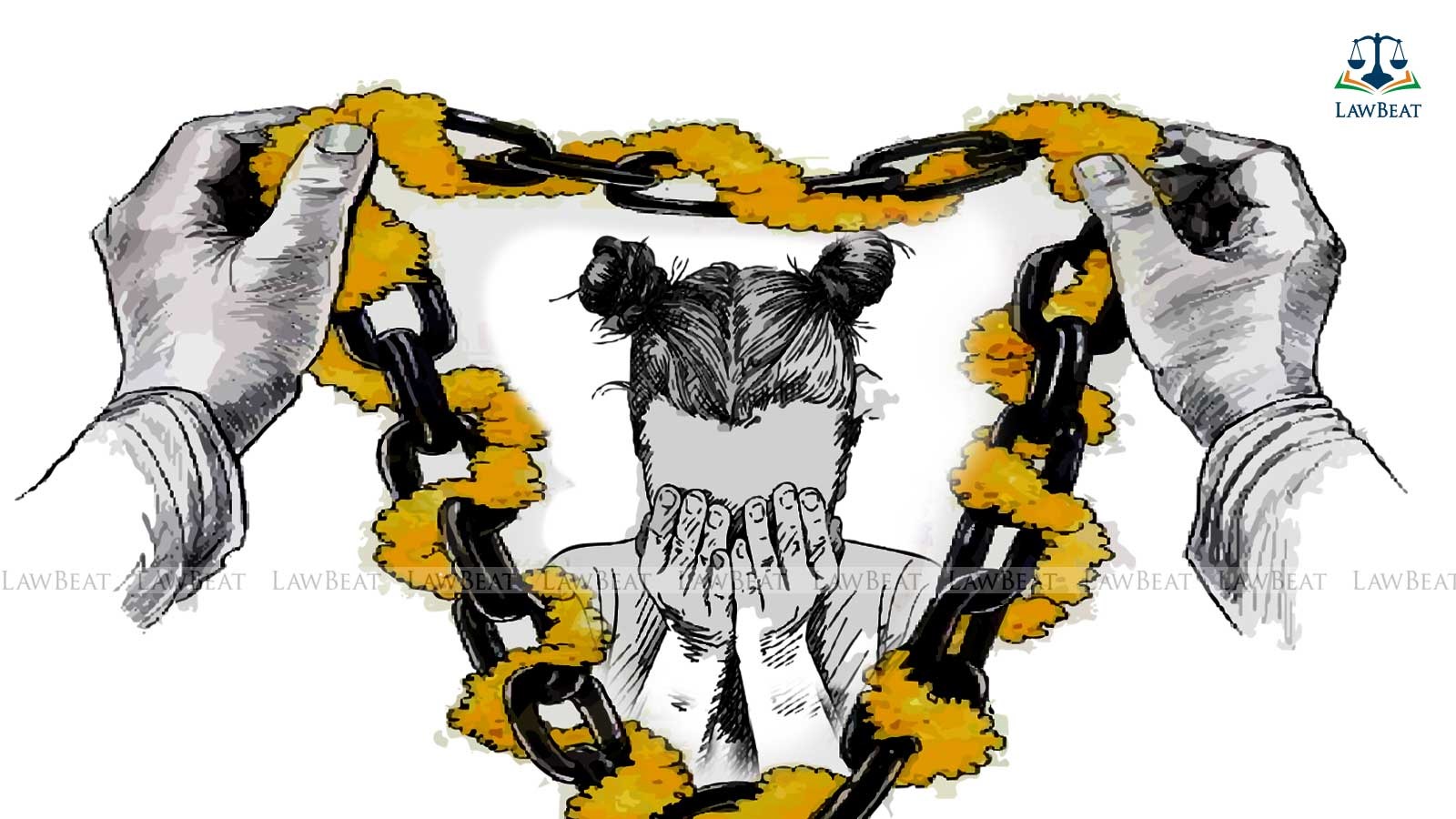Himachal Pradesh Assembly Passes Amendment to Raise Marriageable Age for Women to 21

The Bill redefines a "child" as anyone under 21, superseding any laws or cultural practices allowing earlier marriage, and extends the time to annul a child marriage to five years after reaching the age of majority, until age 23
The Himachal Pradesh Legislative Assembly has passed the Prohibition of Child Marriage (Himachal Pradesh Amendment) Bill, 2024, which seeks to raise the minimum age of marriage for women from 18 to 21 years. This legislative change amends the Prohibition of Child Marriage (PCM) Act, 2006, which was originally enacted by Parliament. The Bill, which now awaits approval from the Governor, aims to promote gender equality, improve health outcomes, and support women's education and career opportunities.
The Bill, which was introduced by Social Justice and Empowerment Minister Dhani Ram Shandil, brings the marriageable age for women on par with that of men in the state, establishing uniformity in the law. The legislation was approved on the first day of the monsoon session without any discussion, reflecting widespread consensus. “Raising the marriage age from 18 to 21 will ensure that girls are given the chance to fully develop and achieve their potential before entering into marriage,” Minister Shandil said underscoring the importance of the legislation.
The bill redefines a "child" as anyone under 21 years, regardless of gender, and gives this definition overriding authority over any other law or cultural practice that might permit earlier marriage. The Bill extends the time frame for filing a petition to annul a child marriage, allowing individuals to do so within five years of reaching the age of majority, thus granting them until the age of 23 to annul.
The draft of the Bill was approved by the Cabinet seven months ago, setting the stage for this significant legislative change. The decision to raise the marriageable age follows a directive from Chief Minister Sukhvinder Sukhu, who had earlier instructed the formation of a committee to explore the issue. The committee, formed on December 8, 2023, was chaired by Social Justice and Empowerment Secretary M. Sudha Devi and included key officials such as Rural Development Secretary Priyatu Mandal, Law Secretary Sharad K. Lagwal, Director of Labour and Employment Manasi Thakur, and Priyanka Verma, the Managing Director of the National Health Mission, who served as the Member Secretary.
The passage of the legislation is rooted in several social, economic, and health-related factors. From a health perspective, raising the marriage age is seen as a measure to improve maternal health outcomes. Early marriages are often associated with early pregnancies, which carry higher risks of maternal and infant mortality. Allowing women to attain physical and emotional maturity before marriage is expected to lead to safer pregnancies and better health outcomes for both mothers and children. Additionally, the amendment aims to combat the persistent issue of child marriage, which continues to be a concern in some parts of India, leading to various social issues such as domestic violence, lack of education, and poverty.
However, the Bill raises several challenges, including inconsistencies with Supreme Court rulings. In 2018, the Supreme Court held that the right to marry is part of the right to life under Article 21 of the Constitution. The Court stated that when two adults consensually choose each other as life partners, it is a manifestation of their choice, recognised under Articles 19 and 21 of the Constitution. This ruling implies that individuals have the right to choose their partner and marry at the age of 18.
Additionally, the Bill also introduces potential legal and constitutional challenges. The amendment raises the minimum marriage age to 21 years, while the age of attaining majority under the Majority Act, 1875, remains 18 years. This discrepancy may have implications for the rights and responsibilities of individuals between the ages of 18 and 21.
